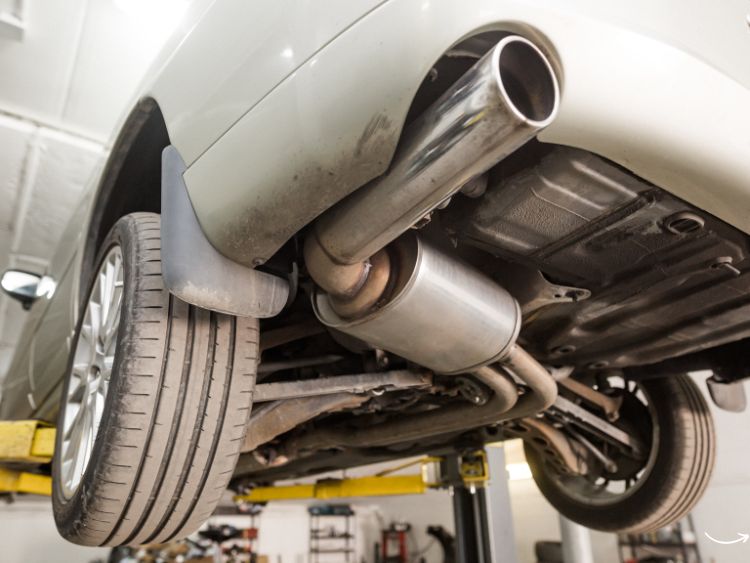Ah, the humble oil change: often overlooked yet vitally important. Particularly when we’re talking about your trusty Honda. Whether you’re cruising in a sleek Civic, navigating the suburbs in a spacious Odyssey, or enjoying the rugged reliability of a CR-V, keeping its engine lubricated with fresh, high-quality oil is paramount. So, let’s dive deep into the world of Honda oil changes, ensuring your vehicle stays in tip-top shape for miles to come. Buckle up, it’s going to be an informative ride!
Why Your Honda Begs for Regular Oil Changes
You’ve probably heard the adage, “An ounce of prevention is worth a pound of cure.” Well, in the automotive world, regular oil changes are that ounce of prevention. Here’s why they’re crucial for your Honda:
- Engine Protection: Oil lubricates moving parts, reducing friction and wear.
- Cooling Effects: It helps dissipate heat away from the engine.
- Cleanliness: Oil captures dirt and debris, keeping them away from vital components.
- Efficiency: A well-lubricated engine runs smoother and more efficiently.
Decoding the Mystery: When to Change Your Honda’s Oil
Gone are the days of the universal 3,000-mile rule. Modern Hondas, equipped with advanced engines and high-quality oil, often stretch intervals between 5,000 to 10,000 miles. However, these guidelines vary. Here’s a quick checklist to help you decide the best timing:
- Consult your Honda’s manual.
- Pay attention to the Maintenance Minder system (if available).
- Consider your driving habits—more frequent changes may be needed for severe conditions.
Choosing the Right Oil for Your Honda
Not all oils are created equal, especially when it comes to your Honda. You’ll want to consider:
- Viscosity Grades: Usually, something like 0W-20 or 5W-30, but check your manual.
- Synthetic vs. Conventional: Synthetic oils offer better performance and longer life.
- Honda’s Seal of Approval: Look for oils that meet Honda’s specifications.
DIY Honda Oil Change: A Step-by-Step Guide
Roll up your sleeves; it’s not as daunting as it might seem. Here’s how you can change your Honda’s oil at home:
- Gather Your Tools and Supplies: You’ll need the correct oil, a new oil filter, a wrench, an oil catch pan, and perhaps a jack and jack stands.
- Prepare Your Vehicle: Ensure it’s on a flat surface. If necessary, raise it with your jack and secure it on jack stands.
- Drain the Old Oil: Remove the oil drain plug and let the old oil flow out into your catch pan.
- Replace the Oil Filter: Twist off the old one, apply a bit of oil to the seal of the new one, and screw it on by hand.
- Refill with New Oil: Pour the new oil into the filler cap, using a funnel to avoid spills.
- Check Your Work: Start the engine, look for leaks, and check the oil level, adding more if necessary.
FAQs: Everything Else You’re Wondering
Q: Can I switch from conventional to synthetic oil?
A: Absolutely! Just make sure the synthetic oil meets Honda’s specifications.
Q: How often should I check my Honda’s oil level?
A: It’s a good habit to check it at least once a month and before long trips.
Q: What happens if I delay my Honda oil change?
A: Delaying oil changes can lead to engine damage, reduced efficiency, and potentially costly repairs down the line.
Summary
There you have it—a comprehensive guide to navigating the waters of your Honda oil change. Remember, regular oil changes are the cornerstone of vehicle maintenance, keeping your Honda happy and healthy for years to come. Whether you’re a seasoned DIYer or prefer leaving it to the pros, understanding the importance, timing, and process of oil changes can save you time, money, and headaches. So, here’s to many more miles of smooth, efficient, and reliable driving with your Honda!
Keep those engines purring, and never underestimate the power of fresh oil!




